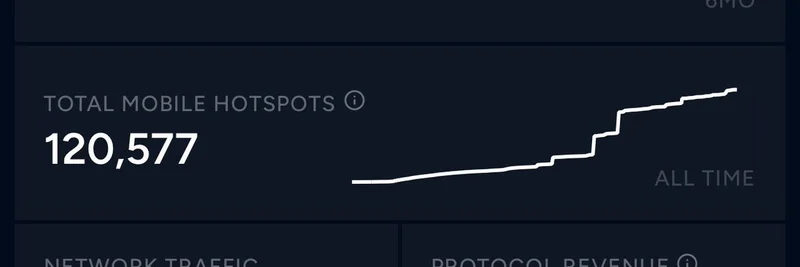In a recent tweet that's sparking conversations across the crypto community, Matt Taylor, co-founder of Colosseum and former Solana team member, shared a bold prediction about the future of tokenized ownership. He argues that tokens governed by futarchy—think of them as "ownership coins"—are poised to trade at a premium because they hardcode tokenholder rights directly on the blockchain. This isn't just hype; it's a nod to how capital and talent have historically flowed to places with robust rule of law, and now, in the 21st century, that migration is happening onchain.
Let's break this down. First, what exactly is futarchy? Coined by economist Robin Hanson, futarchy is a governance system that blends voting with prediction markets. In simple terms, it uses market speculation to decide on proposals. Token holders vote on what goals to pursue, but the actual decisions are made based on which option the market bets will best achieve those goals. It's like letting the wisdom of the crowd, backed by real money, call the shots. This approach aims to make decentralized autonomous organizations (DAOs) more efficient and less prone to the pitfalls of traditional voting, like mob rule or low participation.
Taylor draws a parallel to real-world jurisdictions. Countries with strong legal protections attract investment and innovation because people trust that their rights will be upheld. Onchain, futarchy does something similar by enforcing rules through smart contracts, making it tamper-proof and transparent. No more shady governance dramas—everything's codified in code.
At the heart of Taylor's tweet is a shoutout to MetaDAO, a Solana-based project that's putting futarchy into practice. MetaDAO isn't just theorizing; it's building a "meta" layer for launching other DAOs governed by futarchy. Their token, META, powers this ecosystem, and early signs show it's generating fees through its automated market maker (AMM). As one reply in the thread points out, MetaDAO keeps a portion of tokens from projects launched on it, creating a flywheel of value accrual.
Why does this matter for meme token enthusiasts? While MetaDAO itself isn't a pure meme play, its model could supercharge meme communities by giving them ironclad governance tools. Imagine a meme coin where holders bet on marketing strategies or partnerships via prediction markets—aligning incentives and potentially driving the token price higher through enforced accountability.
The thread also highlights growing excitement. Replies range from endorsements like "the internet of ownership is coming faster than people think" to questions about MetaDAO's investment appeal. One user wonders which sectors will migrate onchain first, hinting at broader implications for finance, gaming, and beyond.
If you're diving into Solana's ecosystem or exploring advanced DAO mechanics, MetaDAO is worth watching. Check out their docs for a deeper dive into futarchy. As Taylor suggests, this could be the start of a massive shift where onchain rule of law outcompetes traditional systems.
For more insights on innovative crypto projects and how they intersect with meme culture, stick around at Meme Insider.


